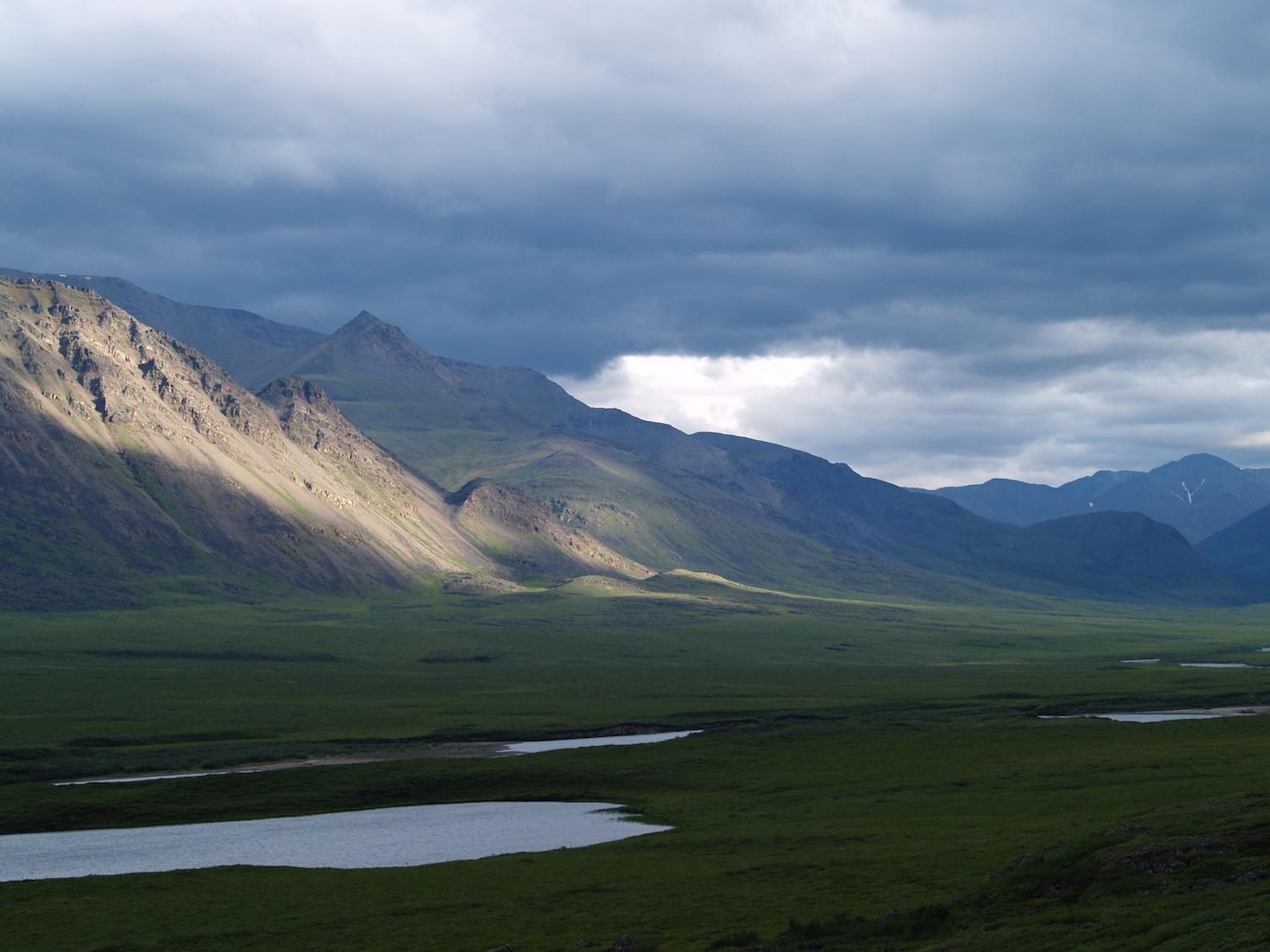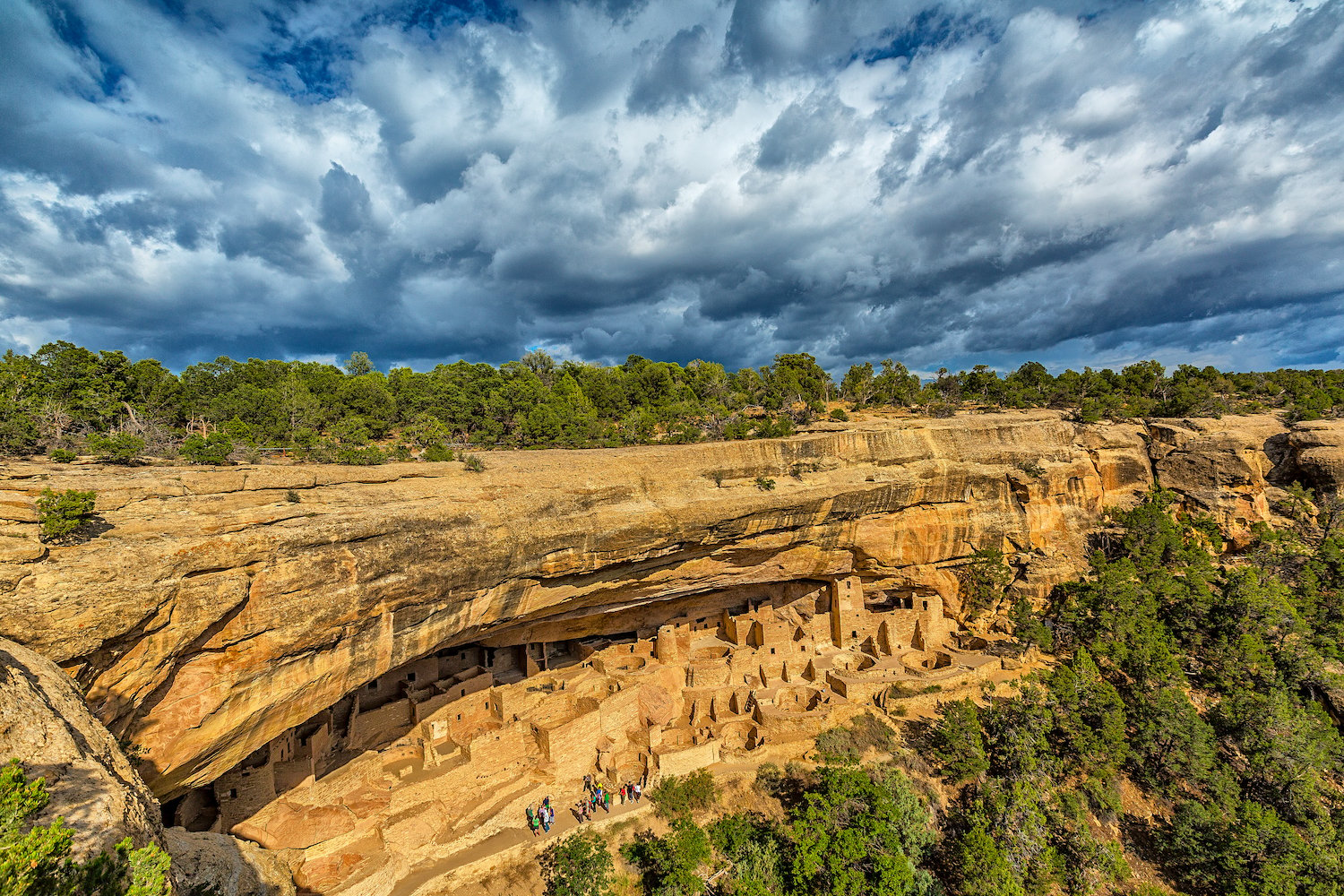National Park Service Staff Can't Keep Up With Visitation Leaps
By Lori Sonken
Visitors used to come to Mesa Verde National Park in southwestern Colorado in December to see flickering shadows playing off lantern-lit cliff dwellings where the Ancestral Puebloans lived. But in 2020 and 2021 the park canceled Luminaria due to the weather and pandemic, and during the 2022 holiday season construction on the Mesa Top Loop and staff shortages prevented the park from safely hosting the event.
Staffing woes aren't unique to Mesa Verde. Indeed, they abound across the National Park System. Parks try to make do, and not all visitors see the problems of understaffing.
For example, the Mesa Verde Visitor and Research Center, where visitors can learn about the Ancestral Pueblo people and their modern-day descendants, remains open. Park staff there answers questions, gives tours, empties trash, and cleans bathrooms.
What visitors don't see is what’s happening at park headquarters. There, top paid staff, including Deputy Superintendent William Nelligan, arrange their own meetings, answer email and phones, and enter numbers into a real-time accounting system that generates sophisticated reports but also increases workload. These tasks used to be the responsibility of management assistants earning $100,000 less than their managers annually, but the lower-level employees no longer work at the park.
Instead, “highly dedicated, extremely talented people are doing the work of two to three people,” said Nelligan. “There’s less time for planning, and we don’t have professional staff –- the landscape architects, architects, and the engineers -- have gone away. We can’t afford them.”
Stories similar to what’s happening at Mesa Verde are rife across the National Park System, and especially impactful at a time of soaring visitation.
Using the annual budget justifications submitted to Congress each year with the President’s budget request and the NPS Stats Database, the Traveler compared the number of full-time employees working in the National Park Service from 2000 to 2019 (pre-COVID) and examined park visitation levels during the same time period. Of the 68 national parks and national seashores surveyed, more than half experienced a decline in the number of employees the past two decades. All but 18 saw more visitors.

Staffing levels at Capitol Reef National Park have not kept pace with visitation increases/NPS file
Some parks, such as Capitol Reef National Park in south-central Utah, dropped 15 percent of its staff while, at the same time, visitation doubled (see table below). Nearby Bryce Canyon National Park suffered a 10 percent loss in the number of full-time employees while the number of visitors jumped 136 percent. Biscayne National Park in South Florida had 21 percent fewer people on its payroll in 2019, and 80 percent more visitors compared to 2000.
Joshua Tree National Park in southern California experienced a 142 percent rise in visitors, but only a 27 percent increase in staff. Tourism studies suggest the influx of visitors to Palm Springs, a resort city less than an hour way, as well as music festivals, such as Coachella, and the proximity to San Diego and Los Angeles, as contributing factors, Hannah Schwalbe, visual information specialist at the park, said in an email.
Another southern California desert park, Death Valley National Park, also is seeing more visitors.
“Death Valley's visitation rose by 45 percent from 2000 through 2019,” and doubled from 2007-2019, said Abigail Wines, park spokesperson. In an email she pointed to a growing population, more people seeking wild spaces and vistas, and social media as factors contributing to more visitors. Meanwhile, the park lost 6 percent of its staff from 2000 to 2019.
“Of course, it's harder to provide great service to the public with slightly less staff over the past 20 years. At the same time, the park's buildings, roads, water systems, and wastewater systems have gotten older, and our workload doing emergency repairs has increased,” said Wines.
NPS Staff Declines
In 2001, the National Park Service had 2,417 more employees than the agency supported in 2020, when there were 34 more park units, according to the agency’s budget justifications for fiscal years 2002 and 2022.
The collision of that disparity is obvious.
“Superintendents often do not have the resources to identify the cultural and natural resources that are threatened by climate change,” said John Garder, senior director of budget and appropriations for the National Parks Conservation Association.
Mesa Verde has 15 vacancies, including a building and utilities foremen, water treatment operator, maintenance worker, enforcement ranger, archaeologist, and vegetation ecologist. Due to employee shortages, the park lacks the capacity to address climate change on a full-time basis, Nelligan said.
The cultural park lost employees when the contracting and purchasing officer positions were consolidated and relocated to the regional office. Similarly, the human resources specialist and the structural engineer working in vanishing treasures moved to the regional office. The park no longer has the staff, but still has access to the skills they provided, said Nelligan.
But the physical loss of staff affects the park’s esprit de corps, said Nelligan. “There’s something to be said for having people in the park," he said. "It’s intangible but let’s everyone know, ‘Hey, we’re all on the same team’.”
Even when parks try to fill positions, the hiring process takes months and the applicant pool for permanent and seasonal employees is significantly less than it used to be. The Covid pandemic contributed to the dearth of applicants, but Nelligan also believes potential candidates are unfamiliar with USAJobs.gov – the website where jobs with the federal government are advertised, including more than 240 Park Service positions could be found this past November.
“Unfortunately, in remote park areas like Big Bend, it is becoming harder to recruit and retain employees, especially those in the trades who may find higher paying jobs elsewhere that don't involve all the challenges of living in such remote locations,” said Tom Vandenberg, chief of interpretation and visitor services at Big Bend National Park in Texas.

Despite Big Bend's beauty, it's hard at times to hire employees/Rebecca Latson file
Making Do Strategies
At the Medgar and Myrlie Evers Home National Monument in Mississippi, the National Park Foundation is contributing $100,000 salary for Reena Evers-Everette, daughter of the civil rights activists, to plan this year’s commemoration of the 60th anniversary of Medgar’s murder.
Joshua Tree National Park has found ways to find people to meet the workload. The park taps outside resources, including the Student Conservation Association, the Great Basin Institute, Joshua Tree National Park Association, and volunteers to boost staffing levels.
But not everyone agrees park budgets are sufficient to meet both visitor demands and the agency’s mission to preserve unimpaired the natural and cultural resources for the enjoyment, education, and inspiration of this generation and those to come.
"Congress providing more staffing for parks is what is needed to deal with resource care and protection and visitor services and management, and also to address climate change,” said Garder of NPCA.
Nelligan believes parks could benefit if they had the authority to use project funds and other soft money sources, such as entrance fees, to hire and support permanent employees.
In testimony supporting the President’s Fiscal Year 2023 budget request last spring before the House Appropriations Subcommittee on Interior, Environment and Related Agencies, Park Service Director Charles Sams called for improved and affordable housing for permanent and seasonal employees, along with improved internet bandwidth and connectivity to help attract candidates.
Declining Visitation
Not all parks witnessed more visitors the past two decades. Park Service statistics show fewer travelers visited Mammoth Cave National Park. This is because the Kentucky-based park changed the way it calculates visitation and also reduced the size of cave tours, said Molly Schroer, management analyst.
“The park found that offering larger sized tours was not conducive to providing a quality cave tour experience and resulted in a poor visitor satisfaction. Some tours permitted hundreds of people on a single tour” and the participants complained they were marched through the cave without hearing about the history, geology, or biology, said Schroer.
National parks in Alaska stand-out because the number of employees working at the parks rose significantly from 2000 to 2019, along with the number of visitors. Wrangell-St. Elias experienced an 85 percent increase in employees and a 163 percent jump in visitation levels. Similarly, Lake Clark National Park and Preserve witnessed a 164 percent rise in visitation, while the number of employees shot up 123 percent. Park visits rose 65 percent at Denali National Park and Preserve and 75 percent at Glacier Bay National Park and Preserve, and the number of employees more than doubled at both units.
But unlike Alaska’s other parks, Gates of the Arctic National Park and Preserve experienced a 7 percent drop in visitors while the number of employees skyrocketed 138 percent.

At remote and rugged Gates of the Arctic National Park and Preserve, visitation has dropped while staffing has soared/NPS file
The Traveler asked the NPS’s regional office in Alaska to explain the anomaly, but so far no response has been received.
One reason for the increases in Park Service employees in Alaska could be the Alaska Congressional delegations’ clout. Until his death this past year, Don Young was Alaska’s sole representative in the House of Representatives. An avid hunter whose Washington, D.C., office in the Rayburn House Office Building was adorned with animal trophies, Young was a member of the House Subcommittee on National Parks, Forests, and Public Lands and previously chaired the House Natural Resources Committee, which oversee the NPS.
In the Senate, Lisa Murkowski is the Ranking Member on the Senate Appropriations Subcommittee on Interior, Environment and Related Agencies with jurisdiction over the NPS’s budget. The late Senator Ted Stevens chaired or served as the Ranking Member on the Senate Appropriations Committee from 1997-2005.
Meanwhile, some parks, such as Joshua Tree National Park, are coping with staff shortages by contracting out some positions such as mechanics, relying on partner organization to staff visitor center bookstores, and volunteers for preventative search and rescue operations.
“In FY 2021 the park used close to 100 volunteers to staff 15 full time employees to provide basic park operations” said Schwalbe in an email.
It’s an approach to addressing staff shortages. But whether it’s sustainable across the NPS remains to be seen.
“With creativity and ingenuity, the park's budget is sufficient to support the agency's mission to conserve the park's resources while providing for public enjoyment,” said Schwalbe.



 Support Essential Coverage of Essential Places
Support Essential Coverage of Essential Places






